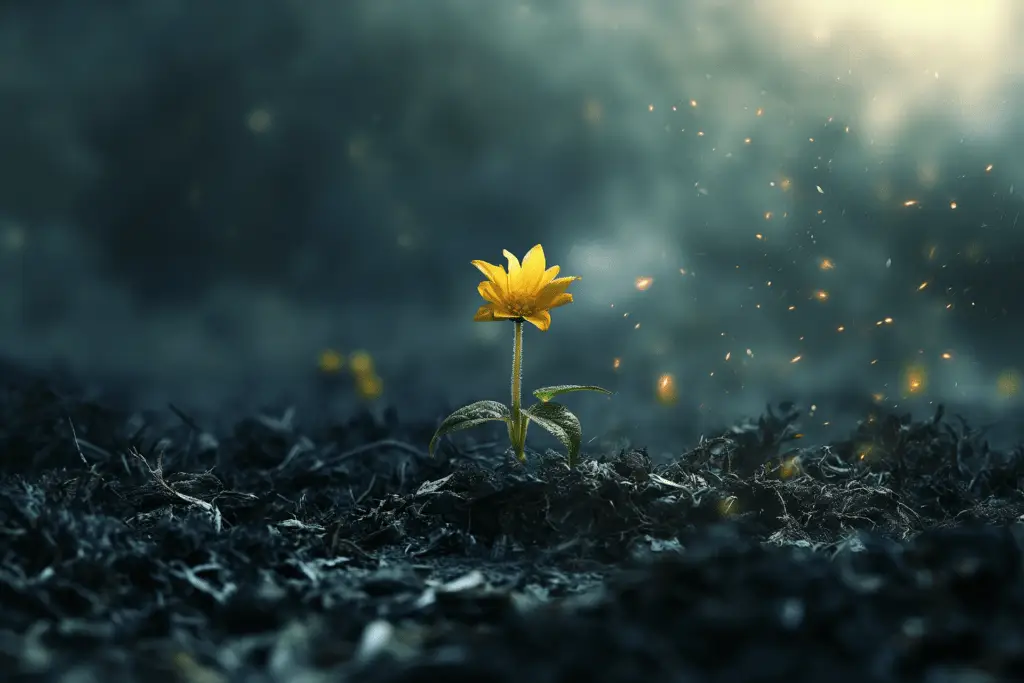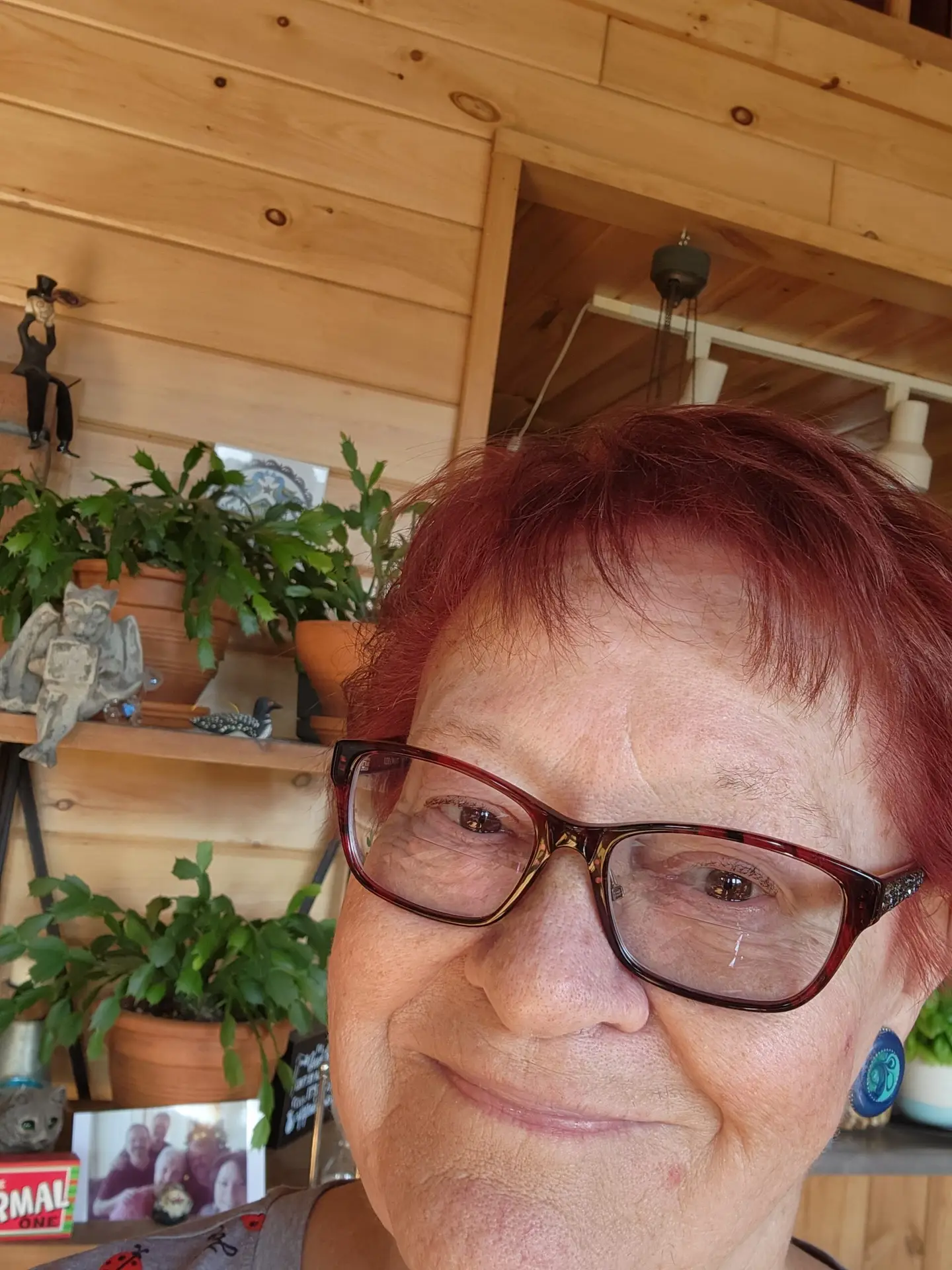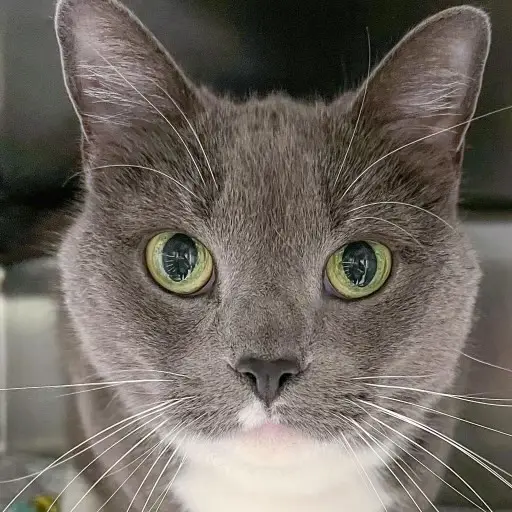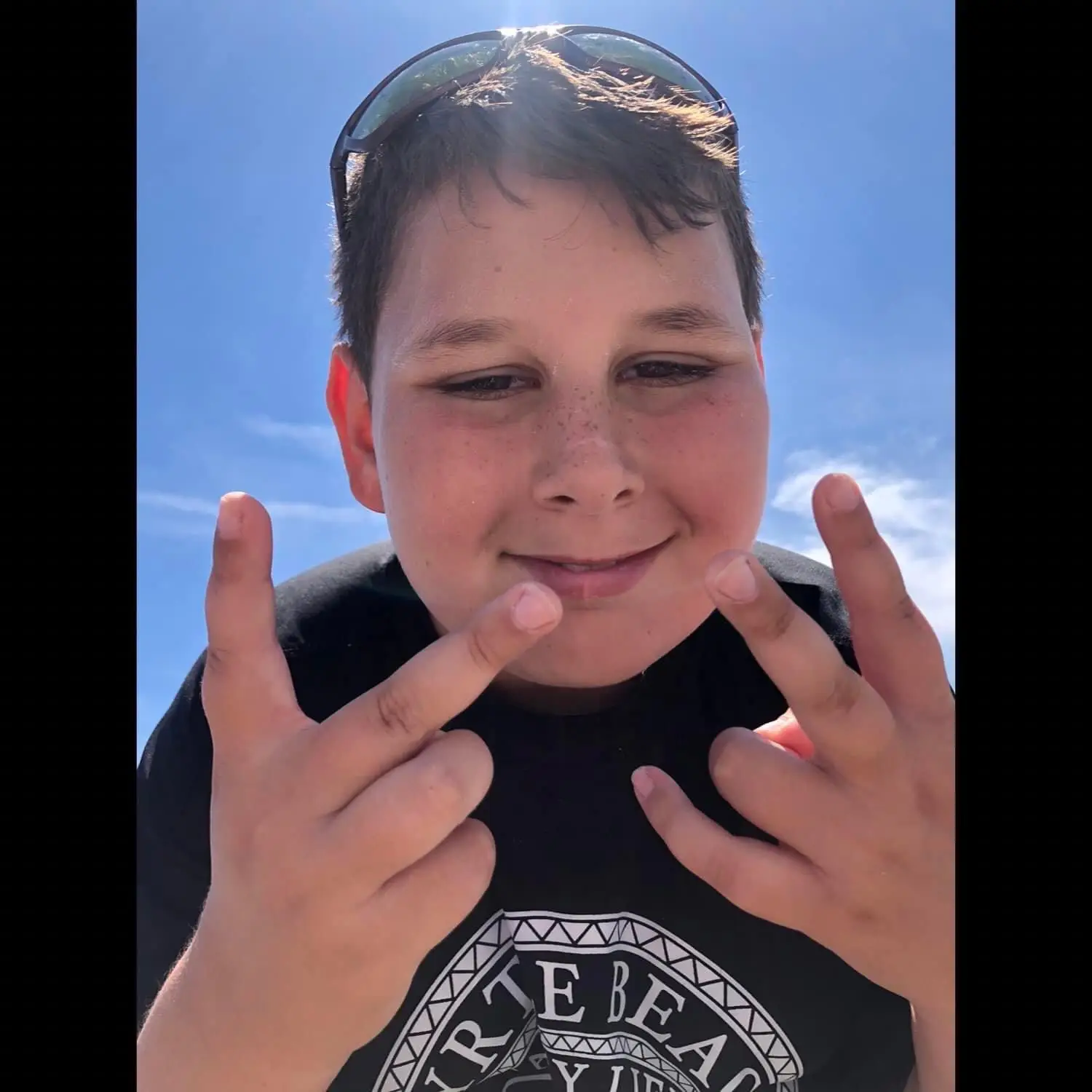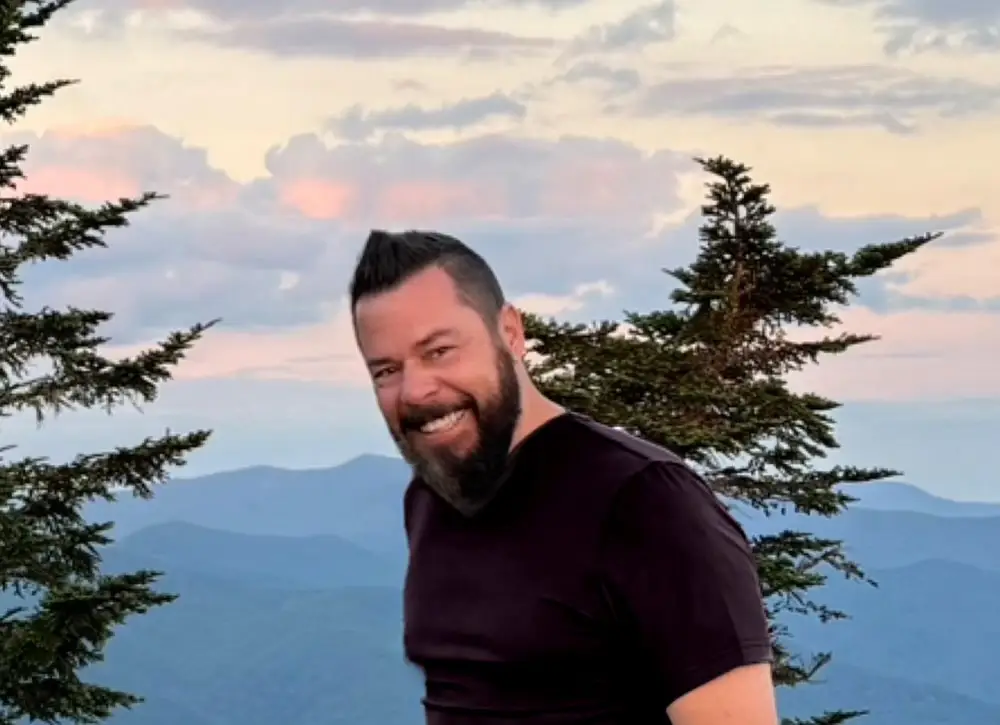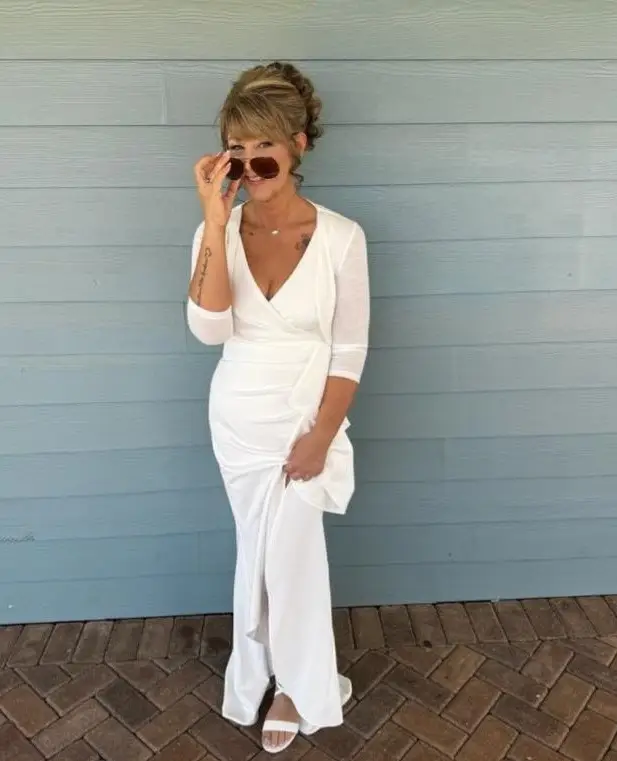My first panic attack hit me when I was just 16, sitting in a high school history class. It was a bewildering and terrifying experience, and it marked the beginning of ongoing episodes of anxiety. By my early twenties, I was also battling severe depression, which would eventually lead to major diagnoses and the start of a long journey toward treatment and healing.
Growing up in the 60s in a small rural community, my elementary school experience was relatively quiet. There was some teasing, as is often the case among kids, but nothing out of the ordinary. However, the size of the community limited opportunities for varied social interactions or exposure to broader perspectives. Beneath the surface of my childhood were challenges that shaped me. While there were plenty of happy times—fun with family, strong friendships, and connections with extended relatives—there were also deeply rooted issues.
In my family, communication was far from functional. We avoided discussing difficult topics, brushing intense feelings under the rug. Secrets were a way of life, as they are in many families, but the silence left scars. I was intelligent but painfully shy, friendly but inexperienced when it came to navigating social relationships.
High school brought new challenges. Placed in College Prep classes, I was surrounded by students who seemed to come from an entirely different world—wealthier, more socially polished, and exposed to experiences I could barely imagine. My already fragile self-esteem crumbled, and my confidence plummeted. Though strongly encouraged to go to college, I refused. Instead, I enrolled in a two-year Health Occupations program offered by my high school, which felt more within reach.
After graduating, I worked as a clerk in a small, family-owned market and began dating. At 19, I married, and within a year, I became a mother to two boys, born just 10 months and three weeks apart (yes, that can happen!).
Unfortunately, my marriage was fraught with difficulties—alcoholism, financial struggles, anxiety, depression, and violence. I was ill-equipped to handle parenting, especially under such circumstances, but I knew I needed to survive, for my sake and for my sons.
That realization led me to seek help before my marriage ended. I began therapy and joined 12-step programs, which became lifelines. These resources helped me see that healing and recovery were not only possible but necessary. With the support of community programs, I started piecing together a healthier life. It took hard work and a commitment to change, but the effort was worth it—not just for me, but for my children as well.
This was only the beginning of my journey. In future posts, I’ll share more details about my diagnosis, the treatments I pursued, and the steps I took toward a better life. It’s a story of resilience and growth, and I hope it will inspire others to believe in their capacity for change.

